Moving around Post-Surrealism, Hard-edge painting and Subjective Classicism
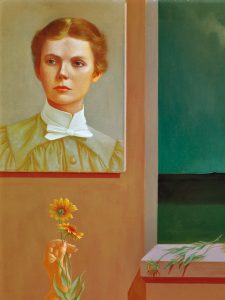 Psychological states have become objects of study not only in the scientific and medical fields but also in the artistic impact on the consciences that painters of the soul have. All this had its debut between late romanticism and realism, reaching the creative avant-garde of today, which objectify melancholy, ecstasy, and a feeling of vitality. Visiting Pasadena (California), nothing better than deepening the knowledge with the painter Helen Lundeberg.
Psychological states have become objects of study not only in the scientific and medical fields but also in the artistic impact on the consciences that painters of the soul have. All this had its debut between late romanticism and realism, reaching the creative avant-garde of today, which objectify melancholy, ecstasy, and a feeling of vitality. Visiting Pasadena (California), nothing better than deepening the knowledge with the painter Helen Lundeberg.
Evoking moods and emotions, her work has been concerned in degrees of representation and abstraction. She created mysterious images that exist somewhere between abstraction and figuration. She produced lithographs, easel paintings, and murals in the Los Angeles area. As a child, she was an exceptional student and an avid reader. During her early adulthood, her inclination was to become a writer. In 1912, her family moved to Pasadena (California), but Helen Lundeberg https://www.helenlundeberg.com/, the eldest child of second-generation Swedish parents, was born in Chicago in on a June day, 1908.
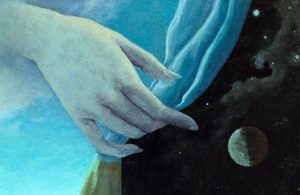 Her paintings rely on compositions that utilize various restricted palettes. Enrolling in art classes at the Stickney Memorial School of Art in Pasadena, https://www.louissternfinearts.com/helen-lundeberg-bio met a fellow painter with dynamic approach to composition. She and that fellow painter married. In the 1930s, she was working in both the social realist and post-surrealist styles, exhibiting at the Fine Arts Gallery in San Diego in 1931. In 1941, she paint a mural at the Fullerton Police Department, restored in 1993. Her works are included in the permanent collections of the Los Angeles County Museum of Art.
Her paintings rely on compositions that utilize various restricted palettes. Enrolling in art classes at the Stickney Memorial School of Art in Pasadena, https://www.louissternfinearts.com/helen-lundeberg-bio met a fellow painter with dynamic approach to composition. She and that fellow painter married. In the 1930s, she was working in both the social realist and post-surrealist styles, exhibiting at the Fine Arts Gallery in San Diego in 1931. In 1941, she paint a mural at the Fullerton Police Department, restored in 1993. Her works are included in the permanent collections of the Los Angeles County Museum of Art.
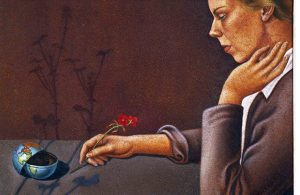 Using her painting plant and animal analogies as an ideal, together with her husband Helen Lundeberg https://www.theartstory.org/artist/lundeberg-helen/ founded New Classicism, which later became known as Post Surrealism, the first concentrated response in the US to European Surrealism, where the American Post-Surrealist artists planned subjects were used to guide the viewer through the painting. During the 1950s, she moved towards geometric abstraction and hard edge painting. In the 1960s and 1970s, she continued her journey through abstraction. She created her last known work in 1990, dying nine years later, at the age of 91, from complications from pneumonia.
Using her painting plant and animal analogies as an ideal, together with her husband Helen Lundeberg https://www.theartstory.org/artist/lundeberg-helen/ founded New Classicism, which later became known as Post Surrealism, the first concentrated response in the US to European Surrealism, where the American Post-Surrealist artists planned subjects were used to guide the viewer through the painting. During the 1950s, she moved towards geometric abstraction and hard edge painting. In the 1960s and 1970s, she continued her journey through abstraction. She created her last known work in 1990, dying nine years later, at the age of 91, from complications from pneumonia.
To broaden your horizon of knowledge about other painters, you can type http://meetingbenches.com/category/paintings/. The sole purpose of this site is to spread the knowledge of these artists and that other people enjoy their works. The property of the images that appear in this blog correspond to their authors.
 Meeting Benches World art in all forms
Meeting Benches World art in all forms
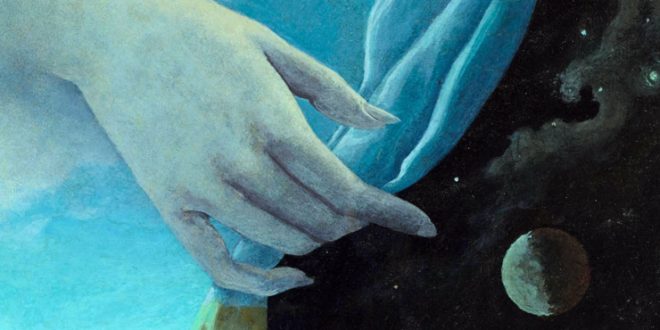
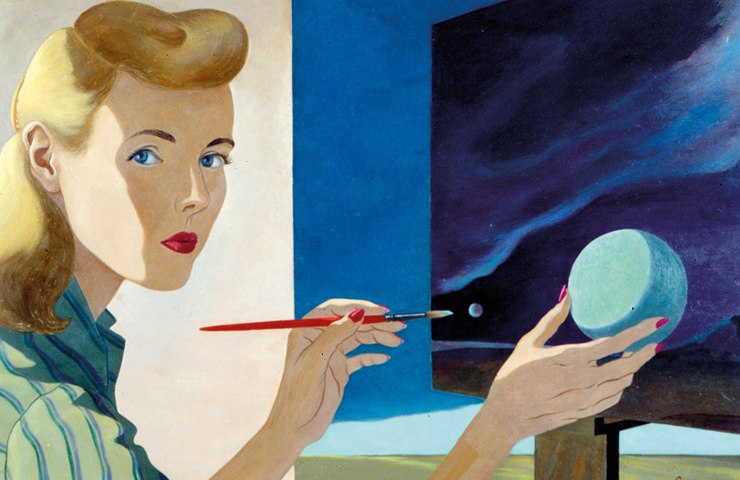


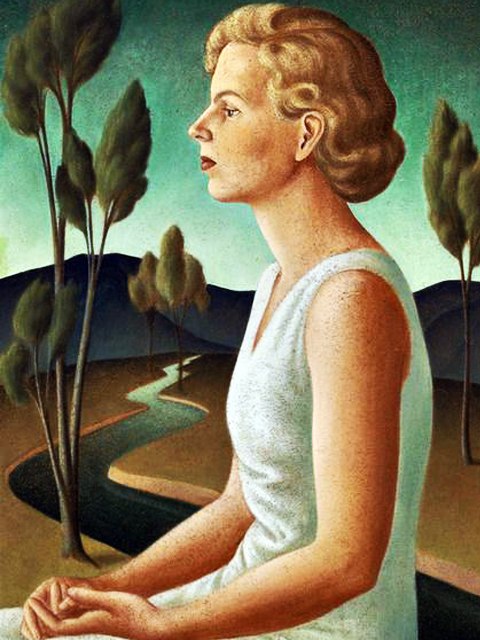
















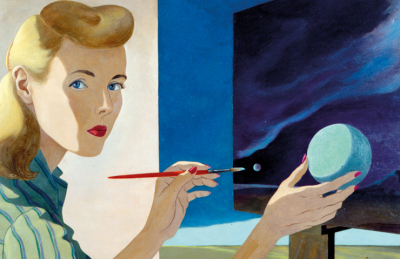




















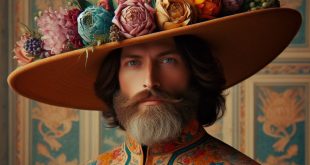


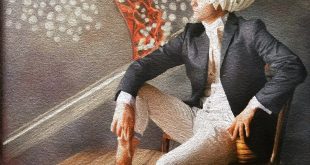
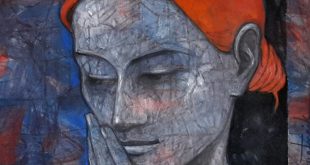

One comment
Pingback: HUMAN CREATIVITY INTO CALIFORNIA'S WONDERS – California dreaming - Meeting Benches